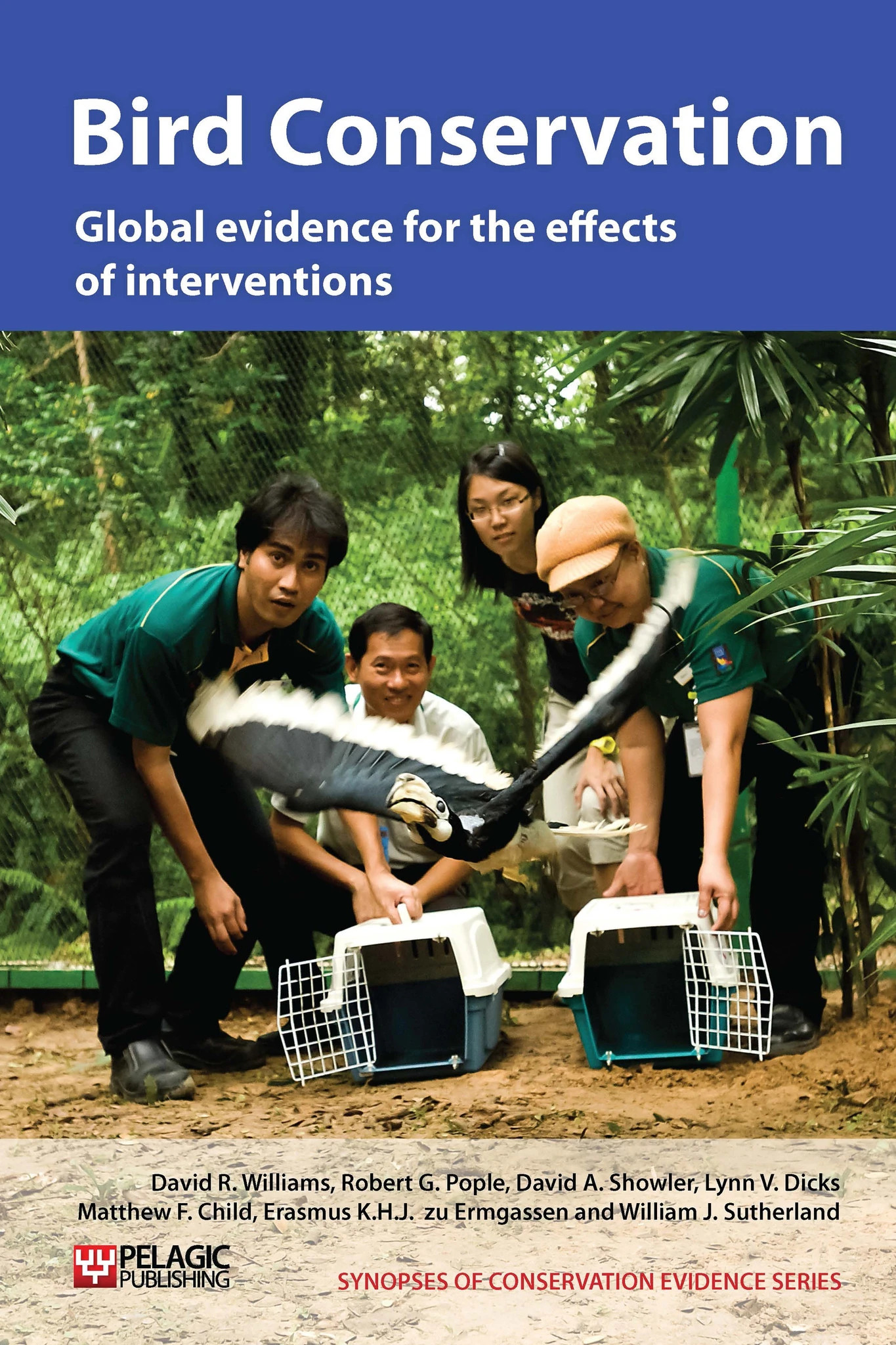Can supplementary feeding increase predation or parasitism?
-
Overall effectiveness category Awaiting assessment
-
Number of studies: 3
View assessment score
Hide assessment score
How is the evidence assessed?
-
Effectiveness
not assessed -
Certainty
not assessed -
Harms
not assessed
Study locations
Supporting evidence from individual studies
A replicated, controlled study at two pairs of mixed habitat sites in Kansas, USA, in the winters 2000-1 and 2001-2 (Rogers & Heath-Coss 2003) found that predation rates on seven species of songbird by Cooper’s hawk Accipiter cooperi and sharp-shinned hawk A. striatus were no higher in an area supplied with supplementary food, compared with control (unfed) sites (two attacks in fed sites vs. no attacks in control sites). Supplementary feeding ran from early December until early March and consisted of four sunflower seed feeders and a 6 x 3 m area beneath them sprinkled with mixed seed. The species studied were dark-eyed junco Junco hyemalis, Harris’s sparrow Zonotrichia querula, song sparrow Melospiza melodia, American tree sparrow Spizella arborea, northern cardinal Cardinalis cardinalis, black-capped chickadee Parus atricapillus (also known as Poecile atricapillus) and tufted titmouse Parus bicolor. The effects of feeding on songbird body condition are discussed in ‘Provide supplementary food to increase adult survival’.
Study and other actions testedA replicated, controlled trial in 2004 in Castile and Leon and Madrid, Spain (Blanco et al. 2006), found that red kites Milvus milvus that fed on carrion from stabled livestock had higher levels of potentially harmful gut microflora, compared to birds fed largely on wild rabbits (potentially dangerous Salmonella serotypes found in 25% of 80 faecal samples from colonies fed with livestock vs. 3% of 33 samples from colonies fed on wild rabbits). More generally, gut flora were more similar between the two colonies supplied with livestock, than either were with wild-fed birds. Livestock consisted mainly of domestic pigs Sus scrofa, but also cows, sheep, poultry and domestic rabbits.
Study and other actions testedA replicated study in dry scrubland on Fuerteventura, Canary Islands, Spain, in spring 1996 Cortés-Avizanda et al. 2009), found that artificial nests were more likely to be predated when they were within 200 m of a carcase (both naturally-occurring and supplied to a vulture ‘restaurant’), compared to more distant nests. A total of 312 nests were laid in 12 lines. Nest predation occurred in 67% of lines, with a maximum of 92% of nests on a line being predated. The restaurant was supplied with approximately 200 kg/week of goat and pig carcasses whilst naturally occurring carcasses consisted of one goat and one yellow-legged gull Larus michaellis. Nests imitated either those of lesser short-toed larks Calandrella refescens or cream-coloured coursers Cursorius cursor and contained two Japanese quail Cortunix japonica eggs.
Study and other actions tested
Where has this evidence come from?
List of journals searched by synopsis
All the journals searched for all synopses
This Action forms part of the Action Synopsis:
Bird Conservation
Bird Conservation - Published 2013
Bird Synopsis





)_2023.JPG)














